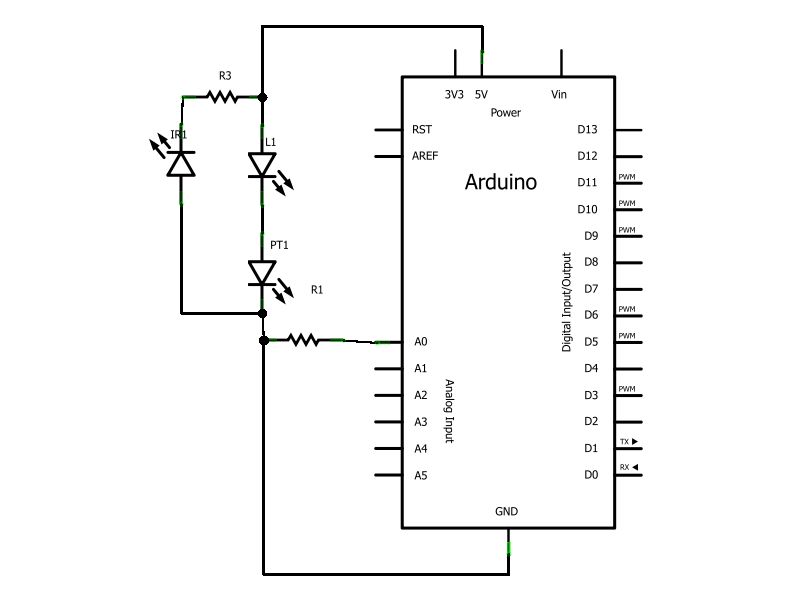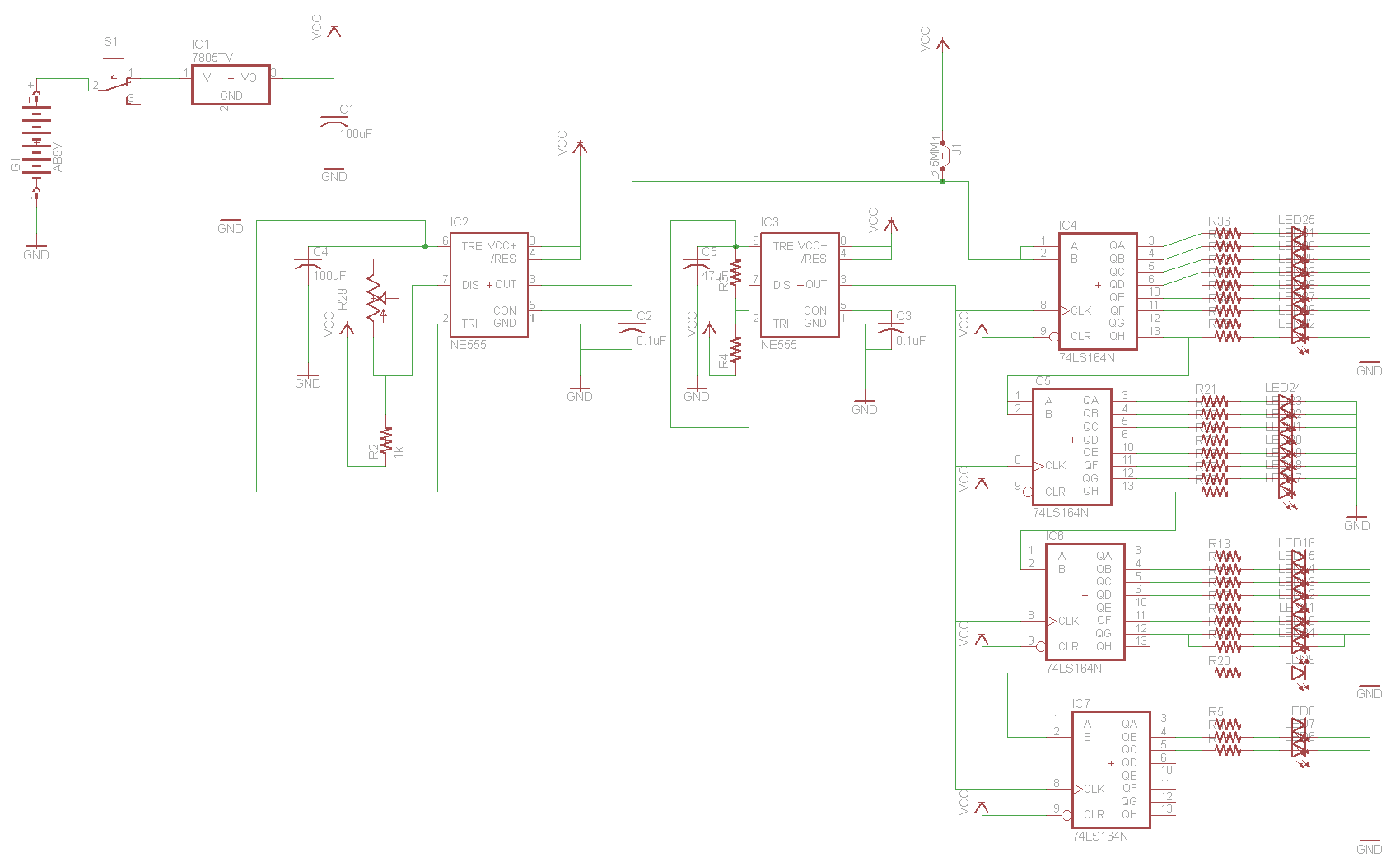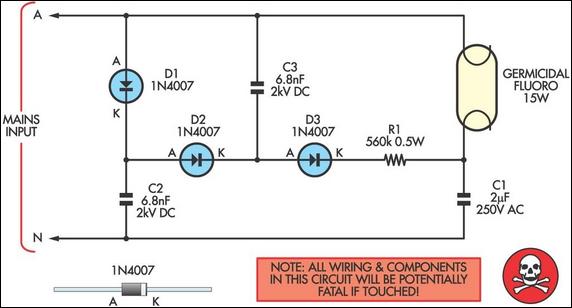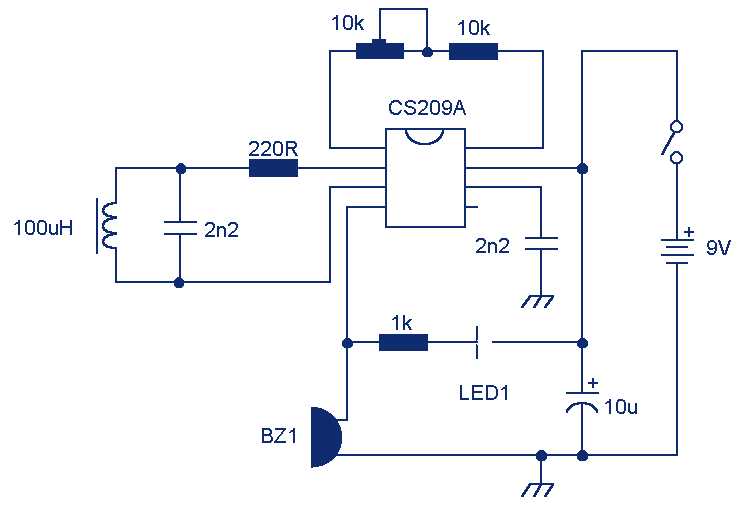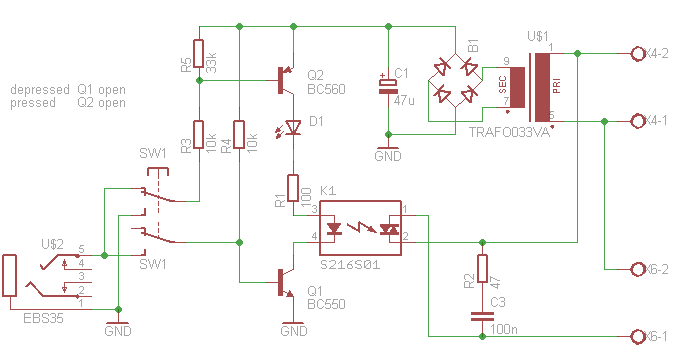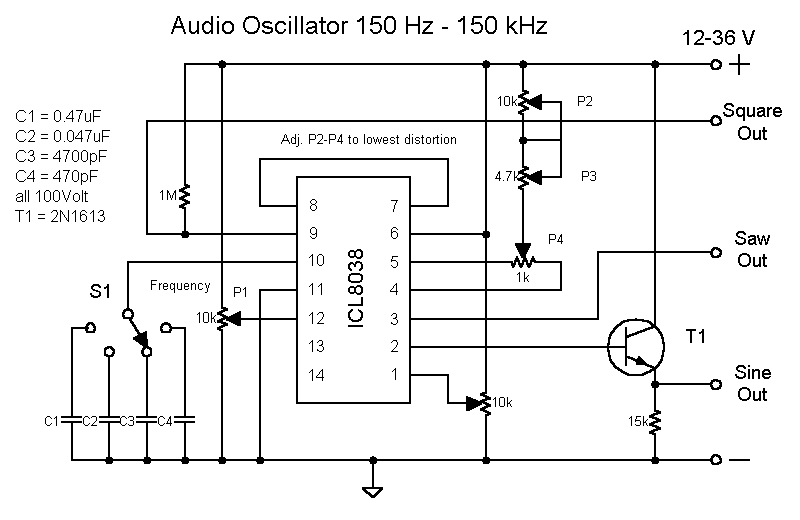
DIY ECG Machine On The Cheap
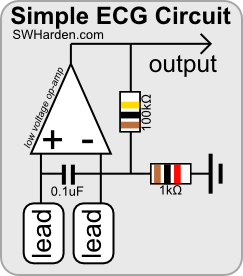
The purpose of an electrocardiograph (ECG) is to amplify, measure, and record the natural electrical potential generated by the heart. It is important to note that cardiac electrical signals are distinct from heart sounds, which are detected using a stethoscope. The intrinsic cardiac pacemaker system generates these electrical signals, which command and coordinate the contraction of the heart's four chambers at appropriate intervals: first the atria (upper chambers), followed by the ventricles (lower chambers) a fraction of a second later. Analyzing these signals provides valuable information about cardiac regulation and insights into pathological conditions. Each heartbeat produces a characteristic pattern in the ECG signal known as the PQRST wave. The smooth curve in the ECG (P) results from the stimulation of the atria by the Sinoatrial (SA) node located in the right atrium. Following this, there is a brief pause as the electrical impulse is delayed by the Atrioventricular (AV) node and Purkinje fibers in the bundle of His. The prominent spike in the ECG, referred to as the QRS complex, occurs when the electrical impulse travels through the interventricular septum and up the outer walls of the ventricles. The sharp peak corresponds to the R component, and the heart rate can be calculated as the inverse of the R-to-R interval (RRi). The objective of this project is to create a low-cost, functional ECG machine using common household components. This do-it-yourself (DIY) ECG project simplifies circuitry by omitting noise reduction components, instead relying on software-based data post-processing. The guide is designed for individuals without prior experience in computer, electrical, or biomedical fields, aiming to be more accessible than many existing online resources. The intent is to empower users to visualize and analyze their own heartbeat. To accommodate varying preferences for information consumption, an outline of the process is also available in video format.
Measurement: The electrical signals that regulate cardiac muscle activity can be detected on the skin's surface. In theory, one could use a standard voltmeter by holding one lead in each hand to observe voltage changes with each heartbeat. However, these fluctuations are rapid, and by the time they reach the skin, they are extremely weak (on the order of a few millionths of a volt) and challenging to detect with basic devices. Therefore, amplification is necessary.
Amplification: A straightforward method to amplify the electrical difference between two points is to utilize an operational amplifier (op-amp). The gain, or multiplication factor, of an op-amp is adjusted by varying the resistors connected to it. For instance, an op-amp with a gain of 1000 can amplify a 1 millivolt signal to 1 volt. Various types of microchip op-amps are available, often packaged with multiple op-amps in one chip, such as the quad-op-amp LM324 or the dual-op-amp LM358N. Any op-amp designed for low voltage applications is suitable for this project, and only one is required.
Noise: It is essential to consider that the heart's electrical signals can be obscured by noise from other sources. Implementing effective noise reduction techniques is crucial for obtaining clear and accurate ECG readings. This may involve filtering out unwanted frequencies or using differential input configurations to enhance the signal-to-noise ratio.The goal of such a machine (called an electrocardiograph, or ECG ) is to amplify, measure, and record the natural electrical potential created by the heart. Note that cardiac electrical signals are different than heart sounds, which are listened to with a stethoscope.
The intrinsic cardiac pacemaker system is responsible for generating these electrical signals which serve to command and coordinate contraction of the four chambers at the heart at the appropriate intervals [atria (upper chambers) first, then the ventricles (lower chambers) a fraction of a second later], and their analysis reveals a wealth of information about cardiac regulation, as well insights into pathological conditions. Each heartbeat produces a similar pattern in the ECG signal, called a PQRST wave. [ picture ] The smooth curve in the ECG (P) is caused by the stimulation of the atria via the Sinoatrial (SA) node in the right atrium.
There is a brief pause, as the electrical impulse is slowed by the Atrioventricular (AV) node and Purkinje fibers in the bundle of His. The prominent spike in the ECG (the QRS complex) is caused by this step, where the electrical impulse travels through the inter-ventricular septum and up through the outer walls of the ventricles.
The sharp peak is the R component, and exact heart rate can be calculated as the inverse of the R-to-R interval (RRi). Fancy, huh The goal of this project is to generate an extremely cheap, functional ECG machine made from common parts, most of which can be found around your house.
This do-it-yourself (DIY) ECG project is different than many others on the internet in that it greatly simplifies the circuitry by eliminating noise reduction components, accomplishing this via software-based data post-processing. Additionally, this writeup is intended for those without any computer, electrical, or biomedical experience, and should be far less convoluted than the suspiciously-cryptic write-ups currently available online.
In short, I want to give everybody the power to visualize and analyze their own heartbeat! I know a lot of Internet readers aren`t big fans of reading. Therefore, I provided an outline of the process in video form. Check out the videos, and if you like what you see read more! Measurement: The electrical signals which command cardiac musculature can be detected on the surface of the skin. In theory one could grab the two leads of a standard volt meter, one with each hand, and see the voltage change as their heart beats, but the fluctuations are rapid and by the time these signals reach the skin they are extremely weak (a few millionths of a volt) and difficult to detect with simple devices.
Therefore, amplification is needed. Amplification: A simple way to amplify the electrical difference between two points is to use a operational amplifier, otherwise known as an op-amp. The gain (multiplication factor) of an op-amp is controlled by varying the resistors attached to it, and an op-amp with a gain of 1000 will take a 1 millivolt signal and amplify it to 1 volt.
There are many different types of microchip op-amps, and they`re often packaged with multiple op-amps in one chip (such as the quad-op-amp lm324, or the dual-op-amp lm358n ). Any op-amp designed for low voltage will do for our purposes, and we only need one. Noise: Unfortunately, the heart is not the o 🔗 External reference
Measurement: The electrical signals that regulate cardiac muscle activity can be detected on the skin's surface. In theory, one could use a standard voltmeter by holding one lead in each hand to observe voltage changes with each heartbeat. However, these fluctuations are rapid, and by the time they reach the skin, they are extremely weak (on the order of a few millionths of a volt) and challenging to detect with basic devices. Therefore, amplification is necessary.
Amplification: A straightforward method to amplify the electrical difference between two points is to utilize an operational amplifier (op-amp). The gain, or multiplication factor, of an op-amp is adjusted by varying the resistors connected to it. For instance, an op-amp with a gain of 1000 can amplify a 1 millivolt signal to 1 volt. Various types of microchip op-amps are available, often packaged with multiple op-amps in one chip, such as the quad-op-amp LM324 or the dual-op-amp LM358N. Any op-amp designed for low voltage applications is suitable for this project, and only one is required.
Noise: It is essential to consider that the heart's electrical signals can be obscured by noise from other sources. Implementing effective noise reduction techniques is crucial for obtaining clear and accurate ECG readings. This may involve filtering out unwanted frequencies or using differential input configurations to enhance the signal-to-noise ratio.The goal of such a machine (called an electrocardiograph, or ECG ) is to amplify, measure, and record the natural electrical potential created by the heart. Note that cardiac electrical signals are different than heart sounds, which are listened to with a stethoscope.
The intrinsic cardiac pacemaker system is responsible for generating these electrical signals which serve to command and coordinate contraction of the four chambers at the heart at the appropriate intervals [atria (upper chambers) first, then the ventricles (lower chambers) a fraction of a second later], and their analysis reveals a wealth of information about cardiac regulation, as well insights into pathological conditions. Each heartbeat produces a similar pattern in the ECG signal, called a PQRST wave. [ picture ] The smooth curve in the ECG (P) is caused by the stimulation of the atria via the Sinoatrial (SA) node in the right atrium.
There is a brief pause, as the electrical impulse is slowed by the Atrioventricular (AV) node and Purkinje fibers in the bundle of His. The prominent spike in the ECG (the QRS complex) is caused by this step, where the electrical impulse travels through the inter-ventricular septum and up through the outer walls of the ventricles.
The sharp peak is the R component, and exact heart rate can be calculated as the inverse of the R-to-R interval (RRi). Fancy, huh The goal of this project is to generate an extremely cheap, functional ECG machine made from common parts, most of which can be found around your house.
This do-it-yourself (DIY) ECG project is different than many others on the internet in that it greatly simplifies the circuitry by eliminating noise reduction components, accomplishing this via software-based data post-processing. Additionally, this writeup is intended for those without any computer, electrical, or biomedical experience, and should be far less convoluted than the suspiciously-cryptic write-ups currently available online.
In short, I want to give everybody the power to visualize and analyze their own heartbeat! I know a lot of Internet readers aren`t big fans of reading. Therefore, I provided an outline of the process in video form. Check out the videos, and if you like what you see read more! Measurement: The electrical signals which command cardiac musculature can be detected on the surface of the skin. In theory one could grab the two leads of a standard volt meter, one with each hand, and see the voltage change as their heart beats, but the fluctuations are rapid and by the time these signals reach the skin they are extremely weak (a few millionths of a volt) and difficult to detect with simple devices.
Therefore, amplification is needed. Amplification: A simple way to amplify the electrical difference between two points is to use a operational amplifier, otherwise known as an op-amp. The gain (multiplication factor) of an op-amp is controlled by varying the resistors attached to it, and an op-amp with a gain of 1000 will take a 1 millivolt signal and amplify it to 1 volt.
There are many different types of microchip op-amps, and they`re often packaged with multiple op-amps in one chip (such as the quad-op-amp lm324, or the dual-op-amp lm358n ). Any op-amp designed for low voltage will do for our purposes, and we only need one. Noise: Unfortunately, the heart is not the o 🔗 External reference
